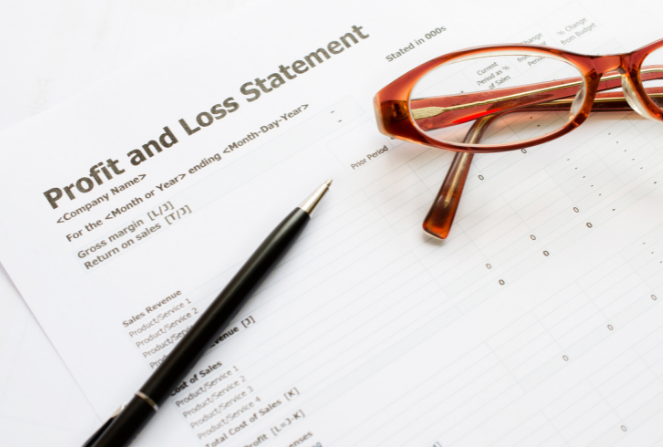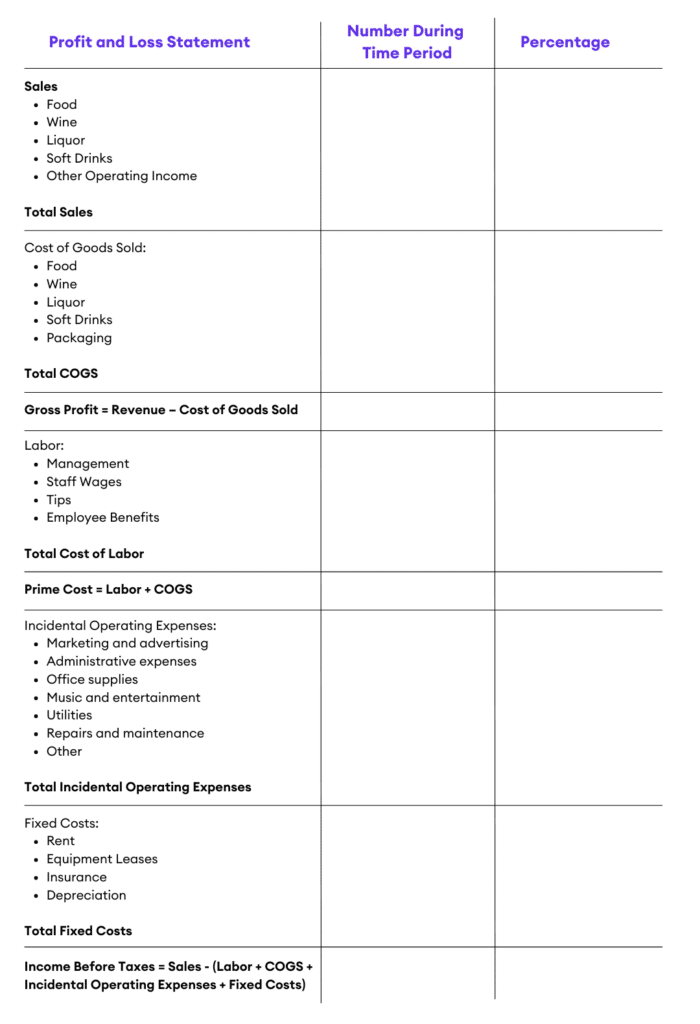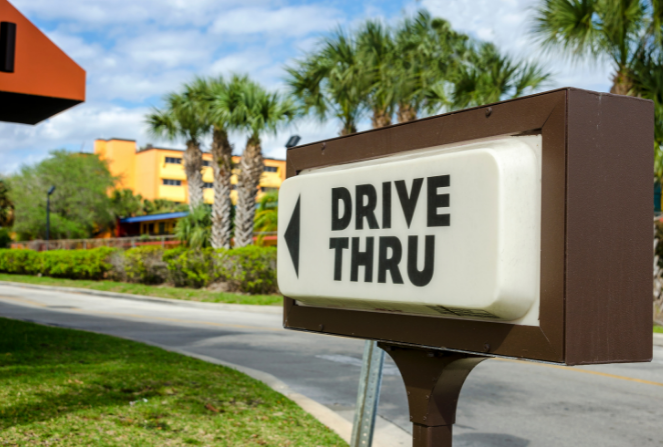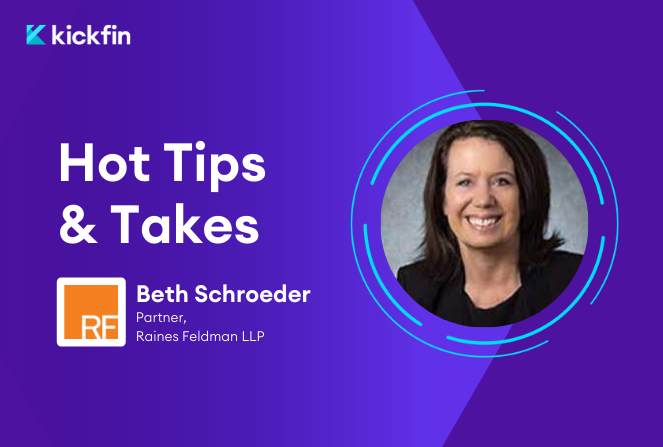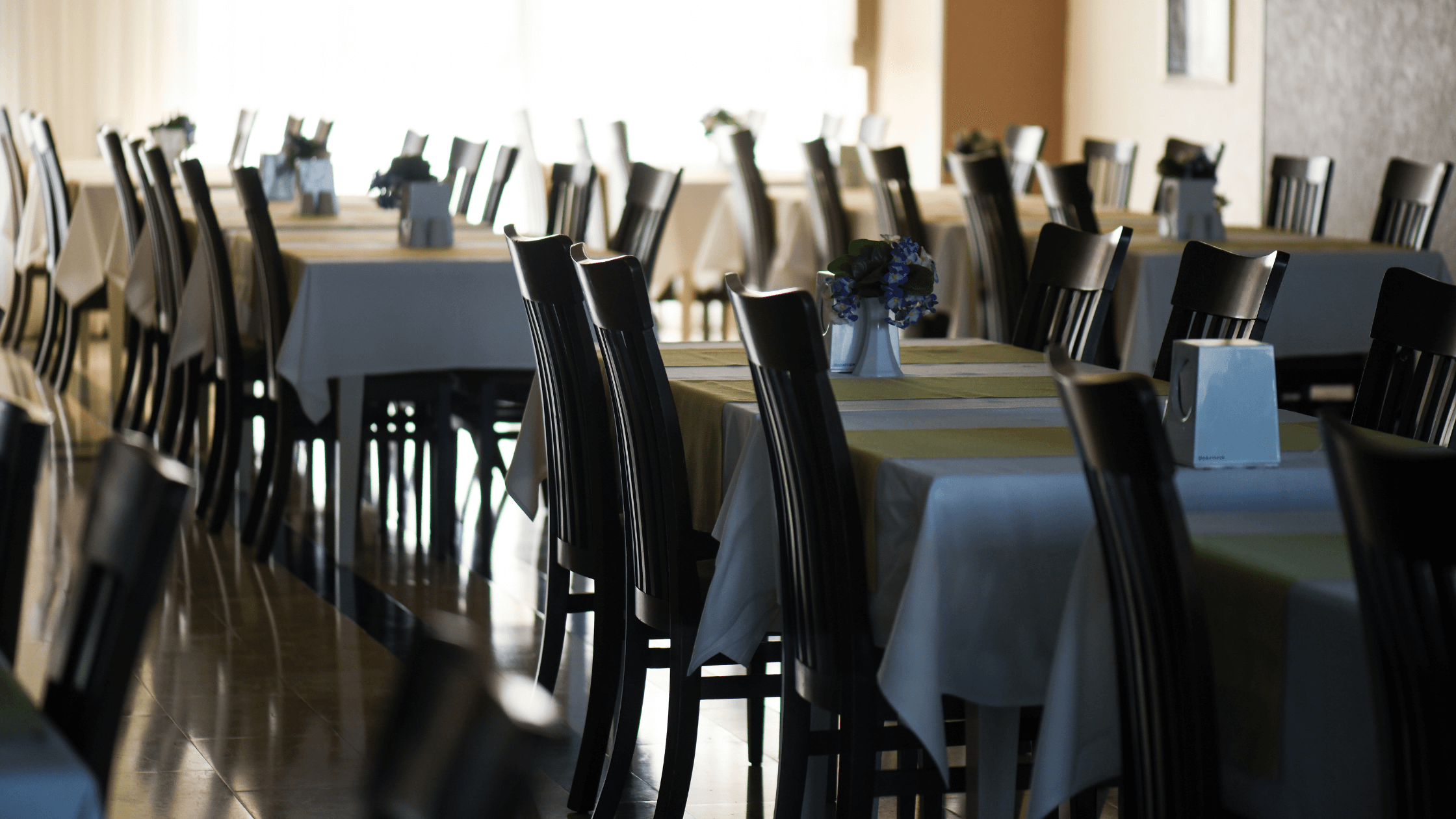We interviewed Stephanie O’Rourk, CPA and partner at CohnReznick, to get the lowdown on the RRF. Stephanie leads the firm’s National Hospitality Emerging Concepts and Operational and Financial Consulting Divisions.
A lot of restaurants are pretty familiar with the PPP at this point. How is the RRF different?
There are some similarities between the PPP and the RRF, especially when it comes to tax treatment and permissible utilization of funds.
But the biggest differential between the two— and this is considered a huge win for the industry — is that while the PPP is distributing loans, the RRF is distributing tax-free grants. That means you have nothing to pay back, you won’t owe any taxes on the amount you receive, and (another bonus), as long as you follow the RRF guidelines, everything you use the grant funds for is tax deductible.
Other things to note with the RRF:
- A longer covered period to utilize the funds
- No specified percentages as it pertains to how much of the funds need to be utilized for eligible payroll expenses
- No complex loan forgiveness process to deal with, which means there’s more flexibility for restaurant operators to utilize the funds in a manner that makes the most business sense for their day-to-day operations and individual situations.
Can you give us a quick rundown of who actually qualifies for a grant?
Restaurants, food stands, food trucks, food carts, caterers, saloon, inns, taverns, bars, lounges, brewpubs, tasting rooms, taprooms, licensed facilities or premises of a beverage alcohol producer where the public may taste, sample, or purchase products, or other similar places of businesses in which the public or patrons assemble for the primary purpose of being served food or drink; including an entity located in an airport terminal or that is a Tribally-owned business.
Who doesn’t qualify?
- If you are a group of affiliated entities with more than 20 locations, you aren’t eligible for this grant. It doesn’t matter if you’re doing business under the same or multiple names.
- State and government operated entities
- Publicly traded entitites
- Any entities with pending or approved grants under the Shuttered Venue Operators Grant
How do you define a group of affiliated entities?
The Act defines an affiliated business as a business in which: “an eligible entity has an equity or right to profit distributions of not less than 50%,” or “an eligible entity has the contractual authority to control the direction of the business.”
How do franchisees fit into this?
Franchisees of chain restaurants are eligible, but the “not more than 20-location” rule still applies for affiliated groups.
Let’s say you own 5 Applebee’s locations, 7 Jimmy John’s locations, and 9 Denny’s locations. The SBA is looking at all of those combined, so you would exceed the 20-location rule and none of your affiliated restaurants would be eligible for the grant.
How do I determine how much I’m entitled to?
The legislation states that the amount of the grant must not exceed the “pandemic-related” revenue loss. For businesses in operation for all of 2019, the pandemic-related revenue loss is calculated by subtracting your 2020 gross receipts from your 2019 gross receipts.
But we’re seeing a lot of misinformation out there, largely because of the PPP. The new legislation also states that the pandemic-related revenue loss amount you’re entitled to will be reduced by any PPP loans that you received (both 1st and 2nd draw amounts) — until further guidance is released by the SBA operators should assume the total amount received regardless of whether you have repaid a portion or all of your loan. As an example:
- Let’s say you did the math and determined that your pandemic-related revenue loss was $30 million.
- At some point, you received a PPP loan for $10 million.
- And as of December 27, 2020, you’ve returned $5 million of that PPP loan.
The SBA is saying your pandemic-related revenue loss is going to be $20 million — not $30 million, and not $25 million, making you eligible for a potential $10 million for an affiliated restaurant group, and $5 million if you operate one physical location.
We could receive more specific guidance around this in the coming weeks. But for now, the Bill states the total amount of PPP loans received must be subtracted.
With that in mind, how should restaurants be handling their PPP loans?
Restaurants have until March 31, 2021, to draw or re-apply for the PPP. Businesses that were previously approved for a PPP loan but decided to return a portion or the full amount of their PPP loan proceeds should consider whether to re-apply for their originally approved maximum loan amount.
What if a restaurant opened in mid-2019, or at some point in 2020? How do they calculate their loss?
- For entities not open for the entirety of 2019, average monthly receipts multiplied by 12 may be used for both 2019 and 2020.
- If the entity opened during the period beginning on Jan. 1, 2020, and ending on the day before the date of enactment, the grant is calculated by taking the entity’s eligible payroll costs incurred by the entity and subtracting any gross receipts received.
- For an entity that is not yet open at the date of application, the grant is the amount of eligible payroll costs incurred
It’s worth noting that SBA reserves the right to implement an alternate formula for any of the above-mentioned scenarios.
What can I use the grant for?
It’s pretty well defined and very similar to the PPP. Payroll costs, principle and interest payments on mortgage obligations, rent, utilities, maintenance expenses (including construction to accommodate outdoor seating as well as walls, floors , deck surfaces and FF&E), supplies (including PPE and cleaning supplies), normal food and beverage inventory expenses, paid sick leave and any other expenses the SBA determines to be essential to maintaining an eligible entity..
You cannot use the funds for business expansion purposes as this is not deemed a permissible usage of the funds. And you’ll need to be prepared to make the same good faith certification that PPP borrowers made — i.e., current economic conditions makes necessary the grant request to support the ongoing operations of the eligible entity.
Transparency is key. We expect the SBA will reserve the right to audit businesses to ensure the grant was properly used, so excellent record keeping is important.
If a recipient of the grant does not use all grant funds or permanently ceases operations on or before the last day of the Covered Period (defined as beginning Feb. 12, 2020, and ending Dec. 31, 2021, or an alternative date to be determined by the SBA that is not later than two years after the date of enactment) any remaining funds must be returned to the Treasury.
What’s the timeline like, and who gets priority? (Translation: When will I see the money?)
The SBA has 60 days from the date of enactment to formulate the rules and regulations of the program, and then applications open up.
When that happens, you’ve probably heard that the first $5 billion has been earmarked for businesses with not more than $500,000 of 2019 gross receipts. Further, for the first 21 days, all grants will be prioritized for small businesses owned and controlled by women, veterans, or other socially and economically disadvantaged groups.
Beyond that, one can not automatically assume it will be based on a first come first served basis; it’s possible that the SBA could issue additional guidance. If the current PPP round is any indication, there’s going to be a heavy focus on helping out Main Street America — those operators who really don’t have access to capital or other financial resources. Average PPP loan sizes in this last go around are hovering under $70,000, so it will be interesting to see if they prioritize the smaller grants here too, before getting to those larger ones.
So, it seems like restaurants are in a holding pattern. Is there anything they can do to prepare while they wait for applications to open up?
It’s definitely a good idea to have everything locked and loaded. There are a few things you might consider doing:
- Gather the right financial information. For example, financial statements and tax returns for 2019 and/or 2020. If you’re a smaller operator and you don’t have sophisticated recordkeeping, you may be able to show documentation like bank statements and deposits, which were allowed on the second draw PPP loans.
- Get a DUNS number. The Shuttered Venues Operator program required applicants to have an active registration in the U.S. government’s System for Award Management (SAM). To do that, you’ll need a DUNS number. You can learn more about the process here: [link]
What’s the general consensus about the RRF? Do we think it will truly move the needle in terms of recovery for the industry?
This is a long-awaited program and has been requested by many groups that advocate for the industry, including the National Restaurant Association, the Independent Restaurant Coalition, and various State Restaurant Associations.
Again, the fact that it’s a grant, not a loan, is a tremendous win — and being that the grant is not deemed to be taxable income to the recipients and permissible expenses are tax deductible makes this program that much sweeter for the industry.
Do I think it’s going to go fast? Yes, I do. While $28.6 billion appears to be a lot of money, there are numerous businesses that continue to be in economic distress and are hungry for a program such as this one. Hopefully this fund will give these businesses the support they need to make it through the next 6, 9, 12 months — until our country gets back to some semblance of a new normal.
About CohnReznick
As a leading advisory, assurance, and tax firm, CohnReznick helps forward-thinking organizations achieve their vision by optimizing performance, maximizing value, and managing risk. Clients benefit from the right team with the right capabilities; proven processes customized to their individual needs; and leaders with vital industry knowledge and relationships.
![[Webinar] Building a Compliant Onboarding Program for New Restaurant Hires](https://kickfin.com/wp-content/uploads/2022/06/Screen-Shot-2022-06-21-at-11.15.16-PM.png)

